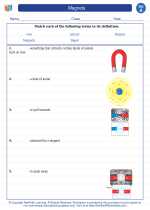Plate Tectonics
Plate tectonics is the theory that Earth's outer shell is divided into several plates that glide over the mantle, the rocky inner layer above the core. The movement of these plates can cause earthquakes, volcanic activity, mountain-building, and the formation of oceanic trenches.
Key Concepts
1. Tectonic Plates: These are large pieces of the Earth's lithosphere that move and interact with each other at their boundaries.
2. Plate Boundaries: The edges where tectonic plates meet and interact, leading to geological activity such as earthquakes and volcanic eruptions.
3. Convection Currents: The driving force behind plate tectonics, as heat from the Earth's core causes molten rock to rise and sink in a circular motion, driving the movement of tectonic plates.
4. Earthquakes and Volcanoes: These are often associated with plate boundaries, as the movement and interaction of tectonic plates can cause seismic activity and volcanic eruptions.
Study Tips
1. Create flashcards to memorize the names and locations of major tectonic plates.
2. Watch videos or animations to visualize how tectonic plates move and interact at different types of plate boundaries.
3. Use diagrams to understand the relationship between convection currents and the movement of tectonic plates.
4. Review real-life examples of geological events caused by plate tectonics, such as the formation of the Himalayas or the Pacific Ring of Fire.
Quiz Questions
- What is the theory of plate tectonics?
- Describe the three types of plate boundaries and the geological features associated with each.
- How do convection currents drive the movement of tectonic plates?
- Explain the relationship between plate tectonics and earthquakes/volcanoes.
[Plate Tectonics] Related Worksheets and Study Guides:
.◂Science Worksheets and Study Guides First Grade. Magnets
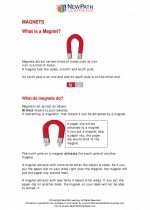
 Worksheet/Answer key
Worksheet/Answer key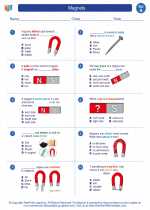
 Worksheet/Answer key
Worksheet/Answer key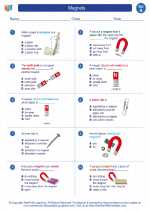
 Worksheet/Answer key
Worksheet/Answer key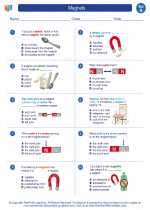
 Vocabulary/Answer key
Vocabulary/Answer key